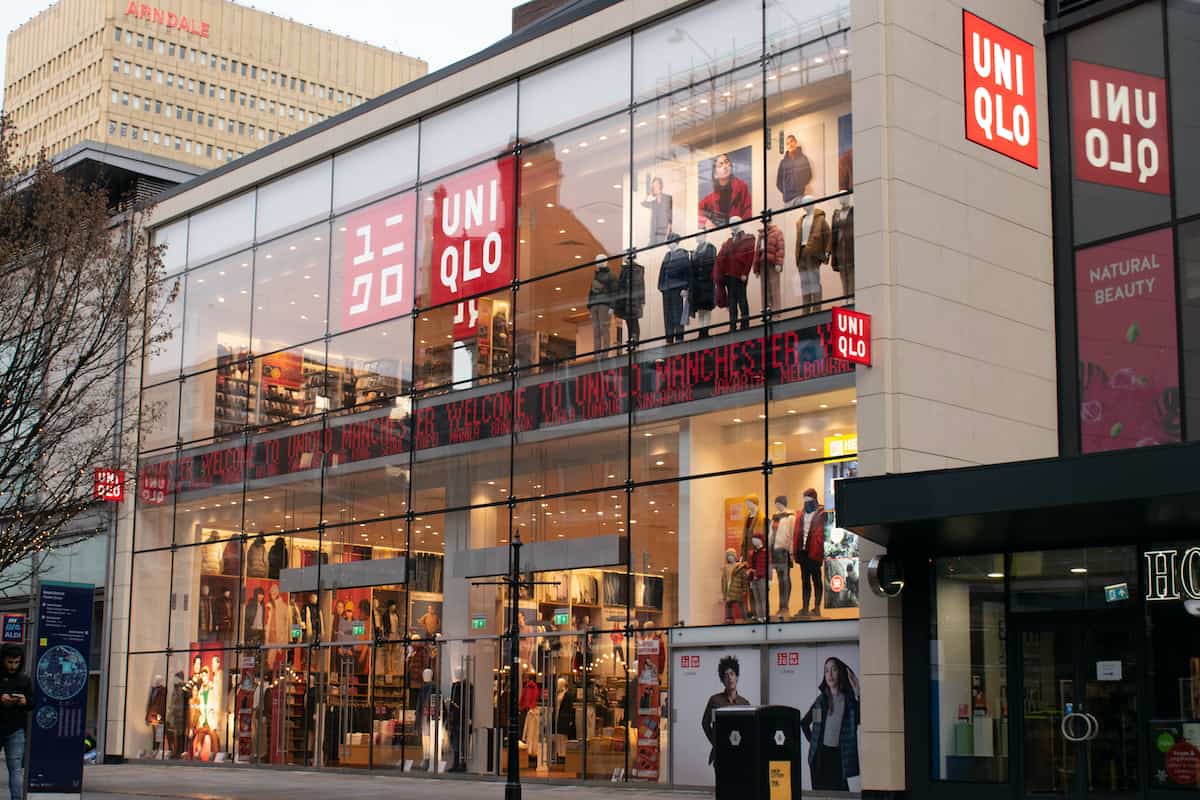The shift online by shoppers has been dramatic and rapid and it has ushered in a swift move by many shoppers to mobile. Looking at the stats, mobile now accounts for some 70% of retail traffic and sales on mobile continue to grow.
The latest round of analysis of mobile’s role in the great ecommerce shift finds that retail sales on mobile are continuing to grow – up 30% on the same point last year – with consumers spending nearly a third of their waking hours on their devices and doling out almost $50billion on retail, streaming and gaming.
In fact, so major has the move to mobile been that analysts at App Annie suggest that the mobile industry as moved on three or four years in the past four months, both in terms of the level of consumer use and in terms of the kinds of services that are being used.
A case in point is Instagram’s roll out of QR codes for businesses. Old tech, I hear you cry, but why this is interesting is that it has seen good old QR codes, so often shot down as old-fashioned tech, reach new levels of use and new user cases. They are, in this instance, driving the rise of social commerce – especially for real-world retailers.
Instagram’s plan is that anyone can now print out a QR code that, when scanned by users with the Insta app open, will connect them to that retailer or brands story. This, in turn, can then lead to engagement and sales – either indirectly or more likely directly from the shops ‘Gram.
Old tech leading to new ways of shopping.
This is especially interesting as we now live – temporarily at least – in a contactless world and this makes that all-the-more interesting.
It is also interesting in light of the move to online shopping also seeing a surge in marketplace use. Shoppers, it seems, want a one-stop-shop where possible.
According to Adobe, 57% of shoppers are buying from marketplaces, compared to 13% on retailer websites – Adobe’s inference being that, even with more time on their hands and restrictions to shopping in-store, consumers were drawn to the broad product ranges, robust delivery infrastructure and limited steps between logging-on and checking-out that characterise marketplaces.
Part of this is driven by, I suspect, more men shopping online: many of them want the path of least resistance to purchasing and, having been forced online, they gravitate to Amazon. The probably are also doing so on mobile as that is to hand.
This move to marketplaces – on mobile – is also spilling over into the grocery sector. Amazon has seen the pandemic and the attendant move to grocery delivery as pivotal to expanding its food business. Not only has it started to push its own offering, but is also now offering the full Morrisons grocery range on its app.
The key here is delivery: Amazon knows – and the stats prove it – that shoppers are not so loyal to a particular supermarket brand currently, what they want is whomsoever can deliver it. Amazon, leveraging its expertise and long logistical reach, is tapping into this – and Morrisons, which has already seen higher growth that the big four in the pandemic – are surfing this wave.
The marriage of convenience, mobile and delivery are already shaking up grocery – it won’t be long until it has shaken up all areas of retail.









